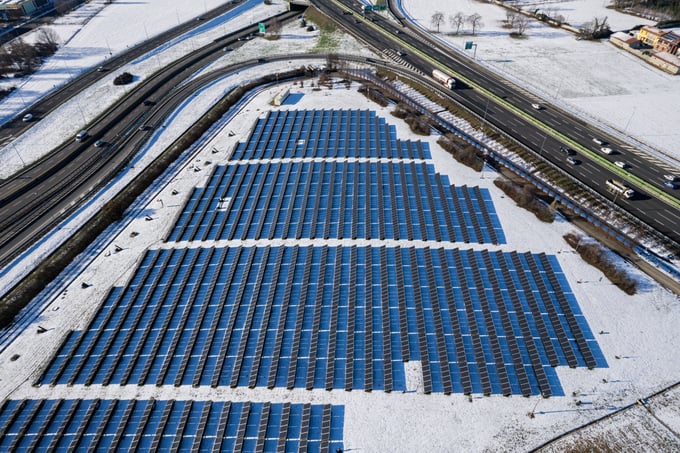As the UK experiences record high temperatures and its first ever extreme heat warning, the government is planning for the opposite scenario: a cold, tough winter.
There are fears that supplies of Russian gas to Western Europe will be restricted in the coming months, which would affect both the price and availability of gas in the UK. Although only about 4% of the UK’s total gas supply comes from Russia, we are one of the heaviest gas consumers in Europe. We use it not just for domestic heating and industrial purposes, but for electricity generation. So now the challenge is how to keep the lights on in the event of gas shortages.
If the gas runs out
The problem is that our planning around emergency power shortages is all about handling short-term outages. Now the National Grid needs to prepare for the possibility of ongoing shortages. This could mean closing down gas-fired power stations, which would lead to a shortage of electricity. So the government is considering various forms of power rationing, including switching electricity off at peak times or using pricing incentives to encourage households to reduce their consumption at certain times.
Energy-intensive industries represent a particular headache in this scenario. One report said that heavy industrial users of gas would simply “be ordered to stop using it”. Other reports suggest that three-hour electricity shutdowns may be on the cards. The Department of Business, Energy and Industrial Strategy (BEIS) is aware that enforced downtime can be seriously financially harmful for certain businesses, as well as possibly causing damage to equipment. So it is considering exceptions for businesses in certain industries, such as steel plants.
Weathering the storm
Energy-intensive businesses can’t just hope that the government will protect them from shortages. They need to take control with their own energy security strategy. This means investing directly in renewable power sources, either through a corporate power purchase agreement (CPPA), their own renewable assets or a mixture of the two.
But a strategy that focuses on renewables also has its weak spot: what happens when renewable generation is low because the sun isn’t shining or the wind isn’t blowing? This inevitably means getting some energy from the grid to compensate.
The more energy your business gets from the grid, the more vulnerable it is to the price spikes and shortages associated with fossil fuels, as well as exposure to the spiralling cost of REGO certificates (Renewable Energy Guarantees of Origin). You can only reduce this risk if you know exactly what the risk is, which means having clarity on what the make-up of grid energy is at any given time. Data on the mix in the grid allows you to develop a smart strategy where you optimise consumption to maximise your use of the clean power that you control.
Battery storage is another important weapon in your arsenal that can only be used effectively if you have the data to tell you exactly when.
The coming winter will be challenging for everybody, but energy-intensive businesses are particularly at risk. That’s why ENTRNCE has published a guide to help heavy energy users survive the energy crisis. We explain how to best protect your business against soaring energy costs and the spectre of shortages. We even have suggestions for how you can use your energy strategy to help you achieve other business goals.
Ready to take control of your energy sourcing? Download your free copy today.




